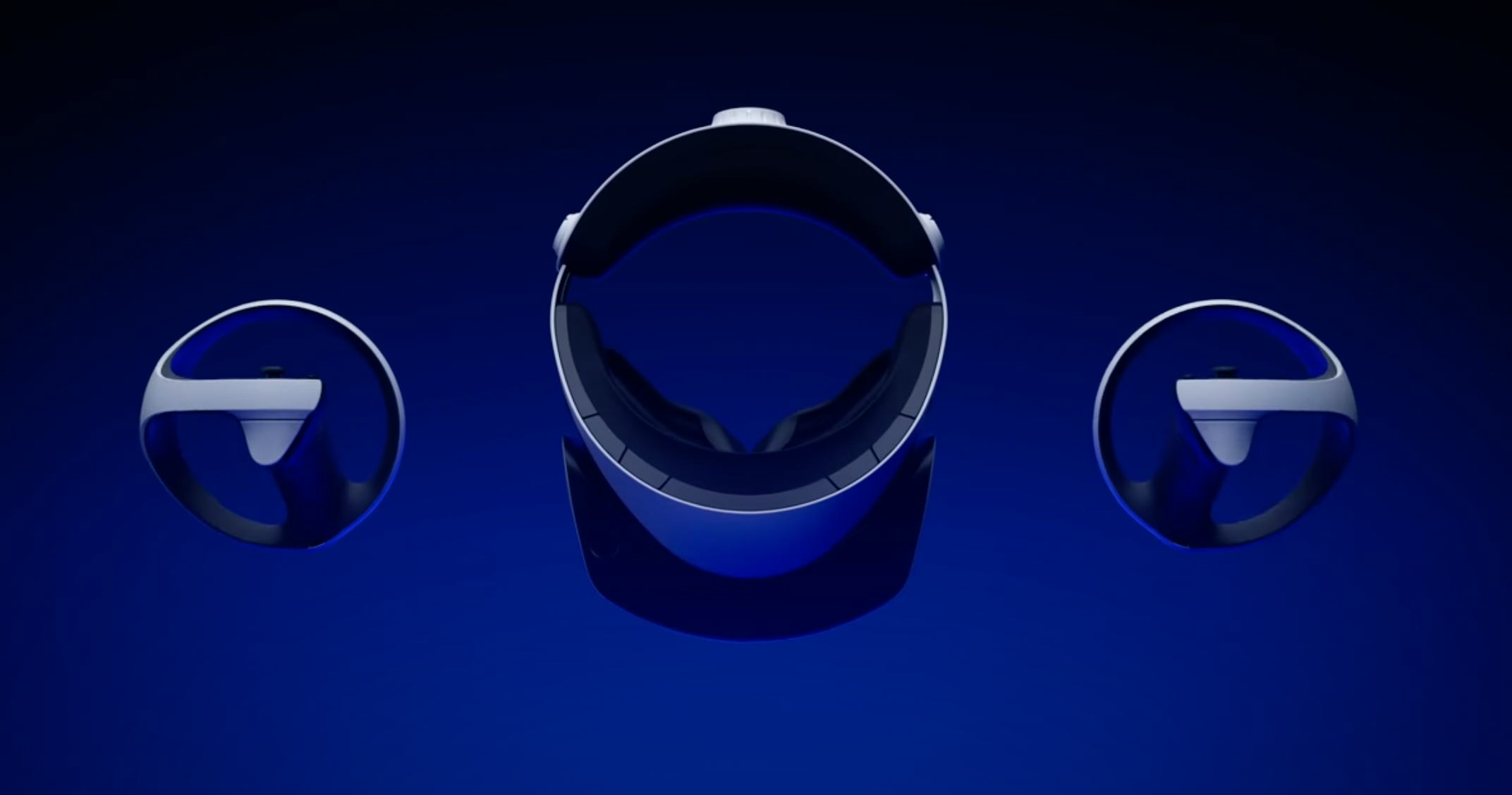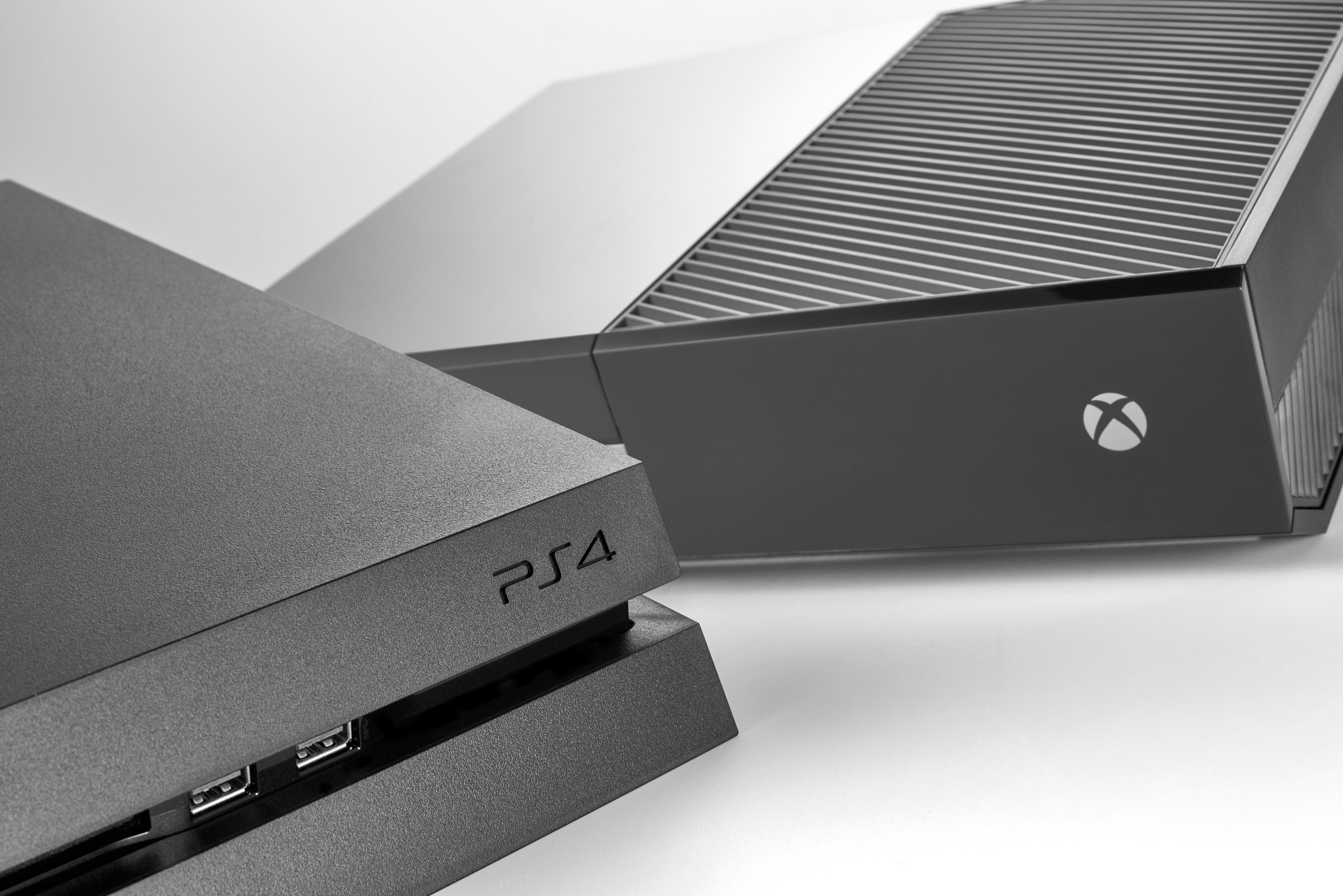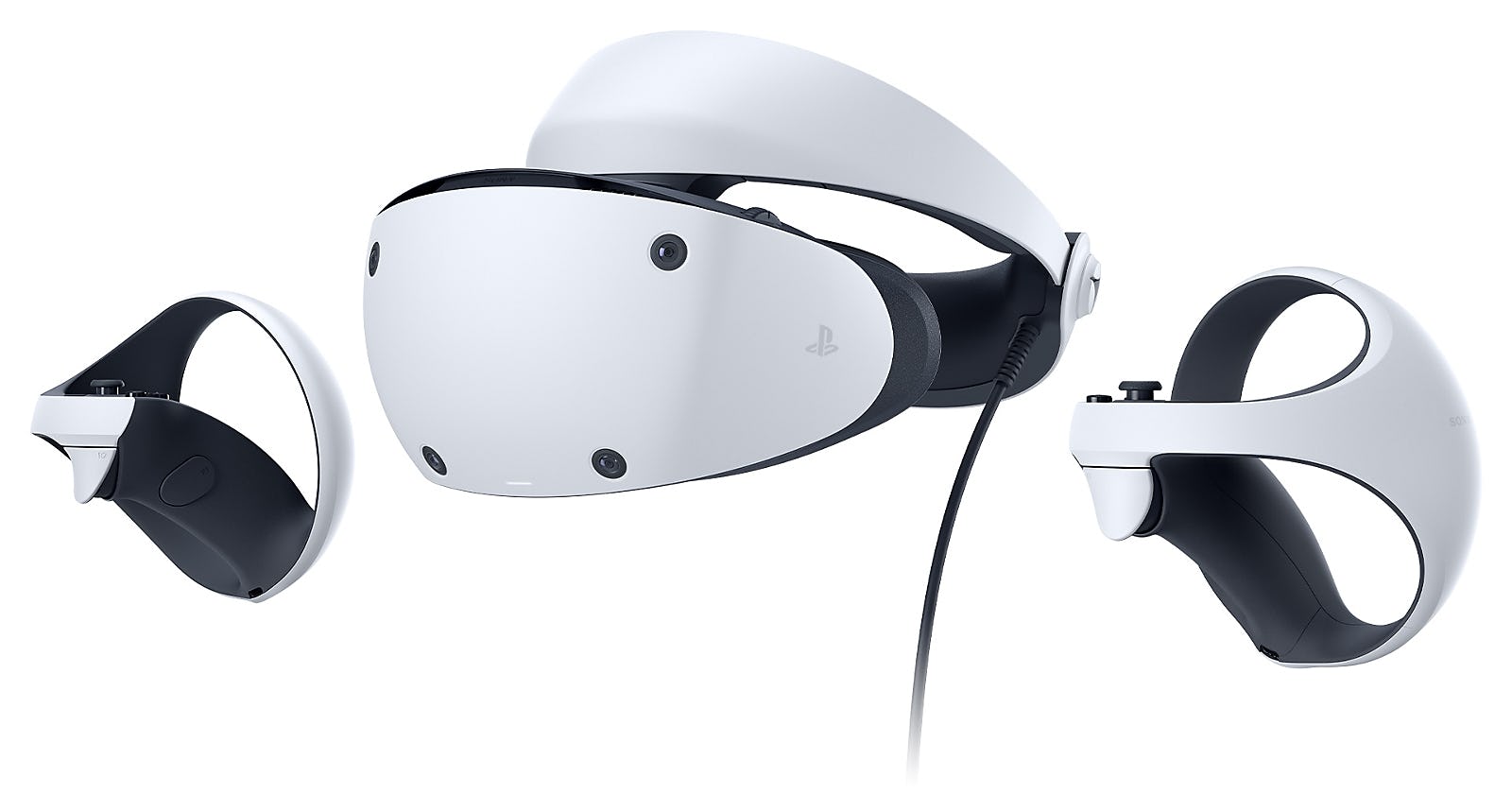
Sony seems confident in its ability to sell the PSVR 2 next year. So confident, that according to Bloomberg, it’s planning on producing 2 million PSVR 2 units by March 2023, a stark contrast to the original PSVR, which reportedly took eight months to even reach 1 million sales.
The PSVR 2 has advanced features and a selection of exclusive games like Horizon Call of the Mountain that could very sell the VR system all on their own. But for Sony to really make sure it can cash the check Bloomberg is reporting, the answer may be fairly simple: The PSVR 2 needs to be sold the same way the PS4 was.
The PS4 vs. The Xbox One

At the launch of the PlayStation 4, Sony needed a win. It’s not that the PlayStation 3 wasn’t popular — it took much longer to catch up to the sales of the Xbox 360 — but it was sold for a much higher price at launch ($599 to the Xbox 360’s $399), more difficult to develop for, and each console was sold at a loss until at least 2010.
With the PS4, Sony did a complete U-turn to reverse PlayStation’s image. It helped immensely that Microsoft botched its initial pitch for the Xbox One, imagining the console as an all-in-media device. A cable box for your cable box, that was more powerful than the Xbox 360, supported Kinect motion and voice controls, had restrictive DRM features, and for some reason didn’t offer backward compatibility. The Xbox One was overcomplicated, and viewed as somewhat consumer-hostile, requiring Microsoft to do some fairly dramatic backtracking to save face.
In contrast, the PS4 was very simple. It played games — importantly, off of discs you could easily share with your friends. The sleek box was more powerful than the PS3 and it cost less than the Xbox One at $399. The PS4 was basically everything the Xbox One wasn’t, and Sony made a clear point of it — even making a humorous tutorial explaining how to share games. That simple messaging worked out because we now know Sony ultimately sold twice as many PS4s as Microsoft sold Xbox Ones, and seems to be selling PlayStation 5s as quickly as it can make them.
Less is more

With all of the focus on virtual reality pushed both by Meta’s success with the Quest 2 and its decision to make the metaverse its raison d'être, you could say Sony is late to the party. But because Meta and more recent competitors like the Pico 4 seem focused on making their headsets centerpieces for broader computing activities like remote work and virtual socialization, there’s mixed messaging as to how VR headsets are better than using, say, an existing computer, phone, or tablet.
Where devices like the Quest 2 and upcoming Quest Pro are being positioned as computer and phone replacements, Sony need only sell the PSVR 2 for one thing: gaming. If the PS4 taught Sony anything, it’s that the PlayStation brand is synonymous with gaming. Not video conferencing in VR; not collaborating on a whiteboard in VR; not doing any of the million other non-gaming things that Meta wants people doing in VR. If Sony can focus on shipping compelling games for PSVR 2, the headset will sell itself just like the PS4 did.







